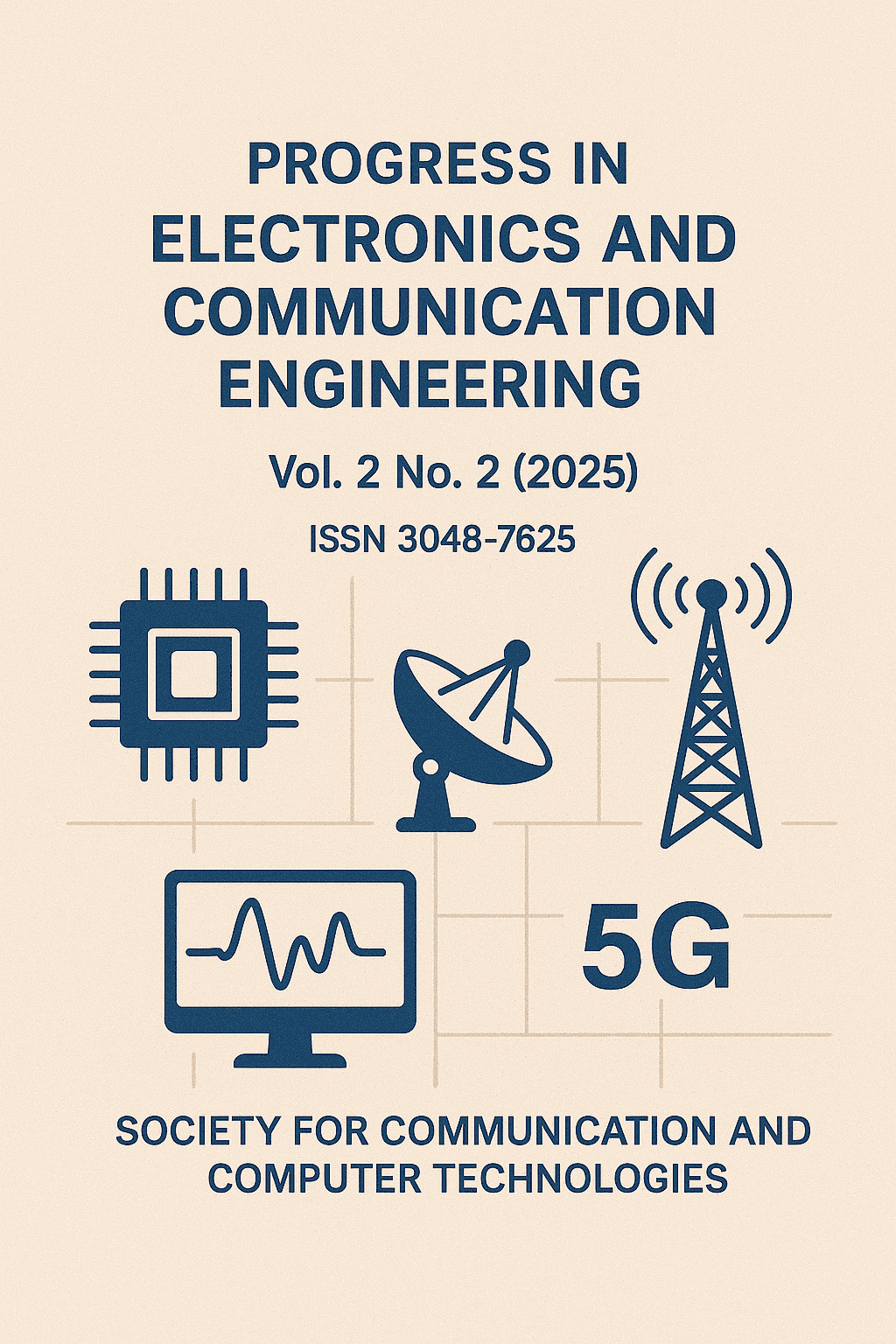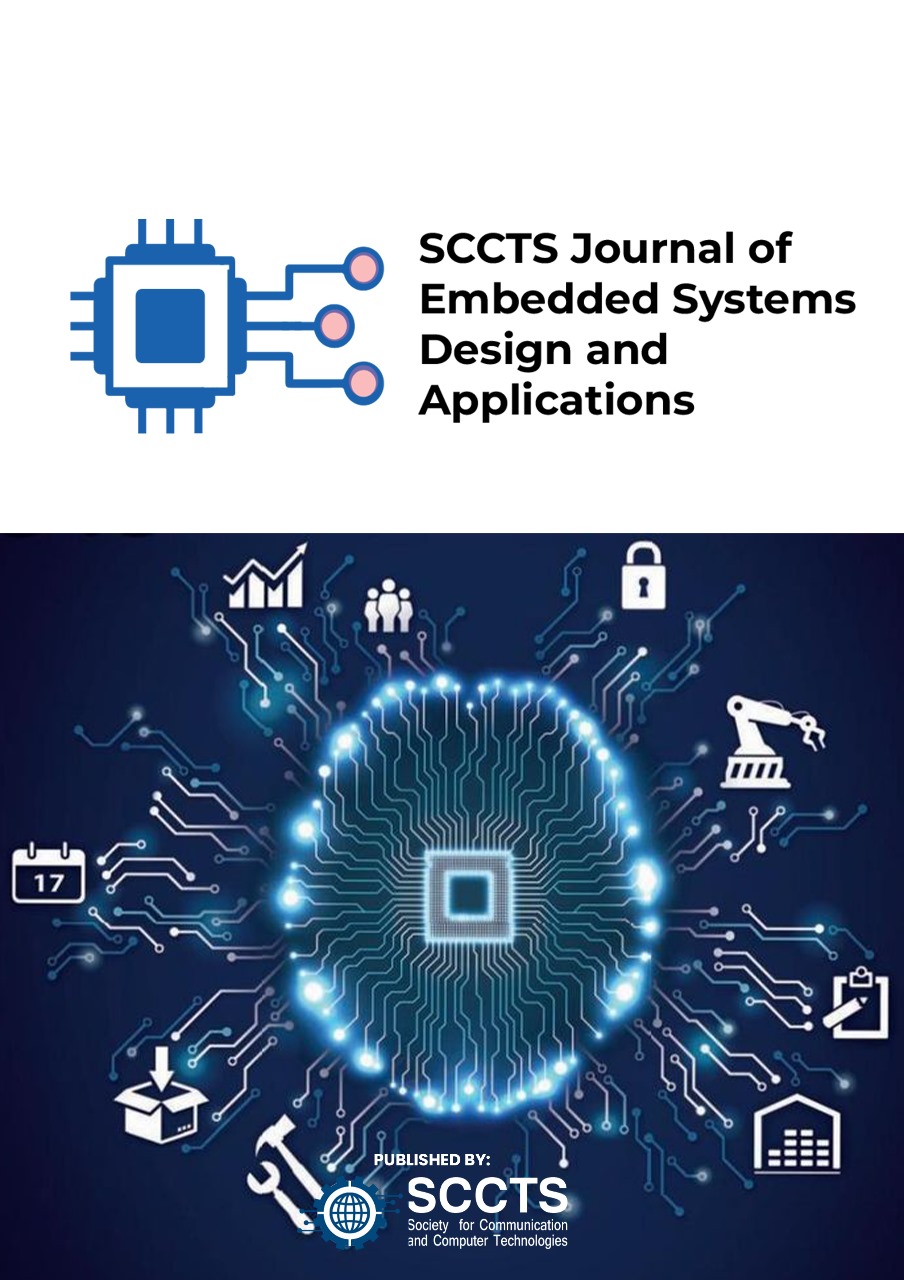Graphene Innovations in Flexible and Wearable Nanoelectronics
DOI:
https://doi.org/10.31838/ECE/02.02.02Keywords:
Graphene-based Sensors; Flexible Electronics; Wearable Technology; Transparent Conductive Films; Energy Storage DevicesAbstract
Graphene, a two-dimensional form of carbon known for its exceptional electrical, mechanical, and thermal properties, has emerged as a revolutionary material in the field of flexible and wearable nanoelectronics. Its remarkable flexibility, high conductivity, and transparency make it ideal for applications requiring lightweight, stretchable, and durable electronic components. Innovations in graphene-based flexible electronics encompass a wide range of devices, including flexible transistors, sensors, supercapacitors, and transparent conductive electrodes. These advancements enable the development of next-generation wearable technologies for health monitoring, smart textiles, and portable energy storage.Graphene's unique attributes facilitate the creation of highly sensitive and accurate biosensors capable of real-time health tracking and diagnostics. Additionally, graphene-based flexible supercapacitors offer superior energy storage capabilities, essential for powering wearable devices. Transparent and flexible graphene electrodes enhance the functionality and aesthetics of smart textiles and electronic skin applications. Research is ongoing to optimize the synthesis, integration, and scalability of graphene in flexible electronics to overcome current challenges such as material defects and large-scale production.Overall, graphene's innovations are poised to transform the landscape of wearable nanoelectronics, driving advancements in health monitoring, personal electronics, and beyond, underscoring the material's potential to revolutionize future technologies.


















